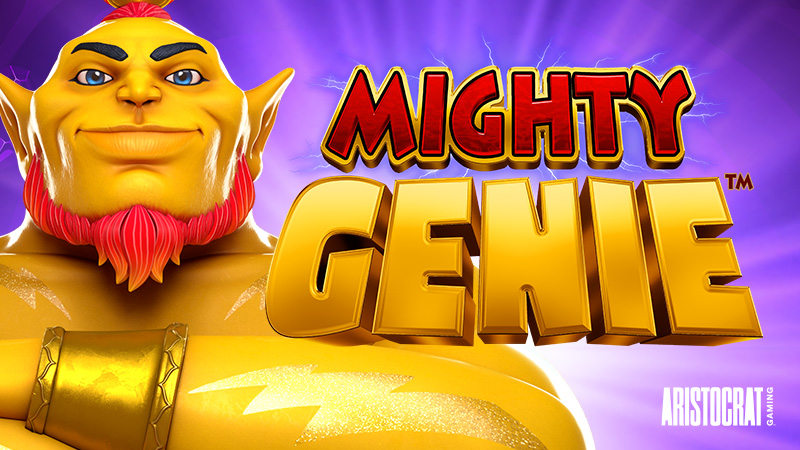HASHTAGS & HOW TO USE THEM
Hashtags are a prominent part of today’s culture. The hash symbol (#) proceeds a keyword or phrase in a post or comment to highlight it and facilitate a search for it. It has a place on most social network platforms including Twitter, Facebook, Google+, Instagram, and Pinterest.
The hashtag is the most popular means of categorising content on social media. It makes your own content discoverable and allows you to find relevant content from others.
The hashtag also allows you to connect with and engage with other social media users based on a common theme or interest.
If you create content and don’t use a hashtag you are only passing it through OWNED media (your subscribers) and it will be unlikely to be picked up by EARNED media (other people who would be interested.)
Types of hashtags
Content hashtags: These relate directly to your service, product, market or area of expertise. They are called content hashtags because they relate straight to what your content would be naturally associated with. For example, your bar may use #beer or #cocktails, a restaurant may use #food or if you have entertainment you might use #livemusic for example. They can expose your brand to potential customers who weren’t previously familiar with your brand.
Trending hashtags: These are the most popular hashtags currently used and it can be beneficial to tap into these trends – but only if it is relevant and if your posts are adding value to existing conversations. Value can be interpreted lots of ways – a unique piece of information, an original look or opinion at what’s is going on, or simply a funny statement or image. If your post does not add any value, it is likely to be ignored and lost in the plethora of other posts.
Brand-specific hashtags: These are used for general branding, promotions, events, contests or other marketing campaigns. They should be unique and memorable – like the #MeToo campaign or #VegasStrong.
When creating hashtags:
Keep it short: Don’t try and squish too many words into one hashtag.
#SmashedAvocadoToastLovers might target a very specific audience, but no one will use the hashtag because they just don’t want to type in that many characters.
You also don’t want to try and be too clever or offbeat since you want people to naturally search for your tag. Hashtags are supposed to make things easier to find and engage with so in this case, you’re better off with something like #avocadotoast or even, #avotoast.
Don’t overuse & don’t hashtag everything: Another thing you want to avoid is writing your entire caption with one hashtag per word. #Because #its #not #really #fun #to #read #like #this #is #it? The number of hashtags you can allow per post depends on each channel. But as a general rule of thumb, only put a hashtag next to words that are really significant.
For example, if a news story breaks and you simply share the news, leave the hashtag off of it. If you write a blog post that analyses the impact of that news, then absolutely use a hashtag when you share it.
Using hashtags will allow you to make an impression on a wide social media audience. Make sure you’re sharing the best content and making the right impression.
Think strategically: This applies to the ‘content hashtags’ that relate directly to your product, service, market or area of expertise. They could be things like #club #pub #gym and so on. By definition, since you won’t have created them, they are probably used by other brands. Which can be a good thing, since people will look for this hashtag. But at the same time, when a hashtag is overcrowded, you can be pretty sure that your content will go unnoticed.
It’s recommended to mix content hashtags with a high volume, with other hashtags that are more specific. For example, let’s say you have a restaurant and you want to post a picture of your latest gnocchi dish on Instagram. #Food is an obvious choice, but with over 258 millions posts using it, you have no chance to stand out. Try and find more ‘niche’ hashtags, such as #gnocchi or #GnocchiDay.
With clubs and pubs, location is also often of prime importance. For instance, instead of #gym you would use something like #SutherlandGym.
More Hashtags Tips
Social Media guru Laurel Papworth offers some further tips and places to further explore hashtags:
- Explore hashtags as a search term – #keyword
- Consider company campaign hashtags that are created for owned discussion e.g. #conf
- Join hashtags that are community weekly meetings (regular or occasional) e.g.
- #tvshowseason
- Connect your content to hashtags that are rituals (weekly or timing) e.g. #tbt #winewednesday
- Express emotional hashtags (emotional, less group oriented) e.g. #happyhappy #love
- Descriptor hashtags for photos (Instagram, objects in photo) e.g. #beach
- Search Google, SEO Analytics to drop keywords and add #hashtags
- Look up trending or popular hashtags on hashtag.org or hashtagify.me or twitterreach.com
- Use Caps and Lower Case in your hashtags e.g. #BestPizza or #FridayNightSydney








